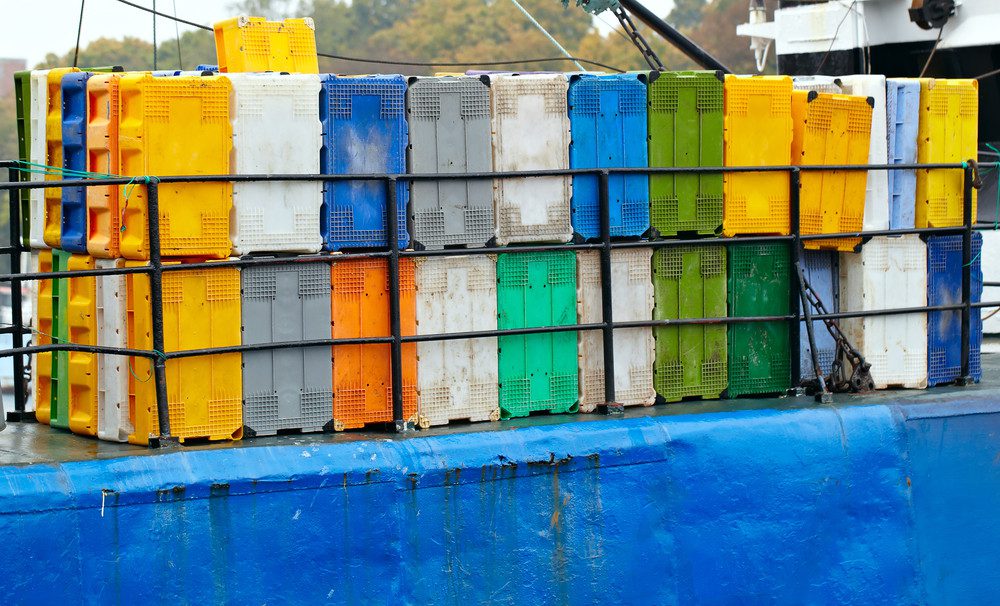Shipping containers have revolutionized the way we transport goods across the globe. For newcomers, packing a shipping container can seem like a daunting task, but with the right knowledge, it becomes a manageable and even efficient process. Whether you are moving personal belongings, transporting commercial goods, or sending perishable items, how you pack the container is crucial for ensuring the safety and condition of your contents upon arrival. If you’re in the market, consider browsing shipping containers for sale to find the perfect option for your needs.
Maximizing Space Efficiency in Shipping Containers
The first step in packing a shipping container is understanding its capacity and layout. Containers come in various sizes, typically ranging from 20 to 40 feet, and ensuring you use the space efficiently is key. Before you start, make a detailed inventory of all the items you plan to ship. This list will help you plan the loading order, placing heavier items on the bottom and lighter, more fragile items on top. Properly balancing the load prevents shifting during transit, which can damage your goods. If you’re looking to purchase one, be sure to check out a shipping containers sale to find the best fit for your needs.
Essential Packing Materials for Safe and Secure Shipping
For those transporting perishable goods, utilizing refrigerated containers, also known as \”reefers,\” is essential. These specialized containers provide temperature regulation to keep perishable items fresh over long distances. According to Mordor Intelligence, the refrigerated container market is projected to be worth over $19 billion by 2024, highlighting its importance in global trade. When packing a reefer, it is crucial to allow air circulation and avoid over-packing, as this can block airflow and jeopardize the temperature control, risking spoilage of your goods.
Key Considerations for Shipping Perishable Goods
To protect your goods, invest in proper packing materials such as bubble wrap, furniture pads, and packing peanuts. These materials offer cushioning and can absorb shocks during transit. Additionally, consider using desiccants or moisture absorbers, especially if your goods will be traveling through humid areas. Proper labeling of boxes will also facilitate easy unloading and organization, reducing the risk of misplacing or damaging items during the process. Double-checking your packing and using quality seals will further ensure that your container remains secure and its contents intact.
Packing a shipping container involves careful planning and consideration of the items being transported. By understanding the nuances of container space, utilizing specialized containers like refrigerated ones for certain goods, and employing quality packing materials, you can ensure a smooth shipping experience. With these tips, newcomers to container shipping can confidently tackle the challenge, ensuring their goods arrive at their destination safely and securely. If you’re in need of a container, be sure to explore shipping containers sale options to find the right one for you. Contact Integrated Equipment Sales to discuss your specific container needs today.



